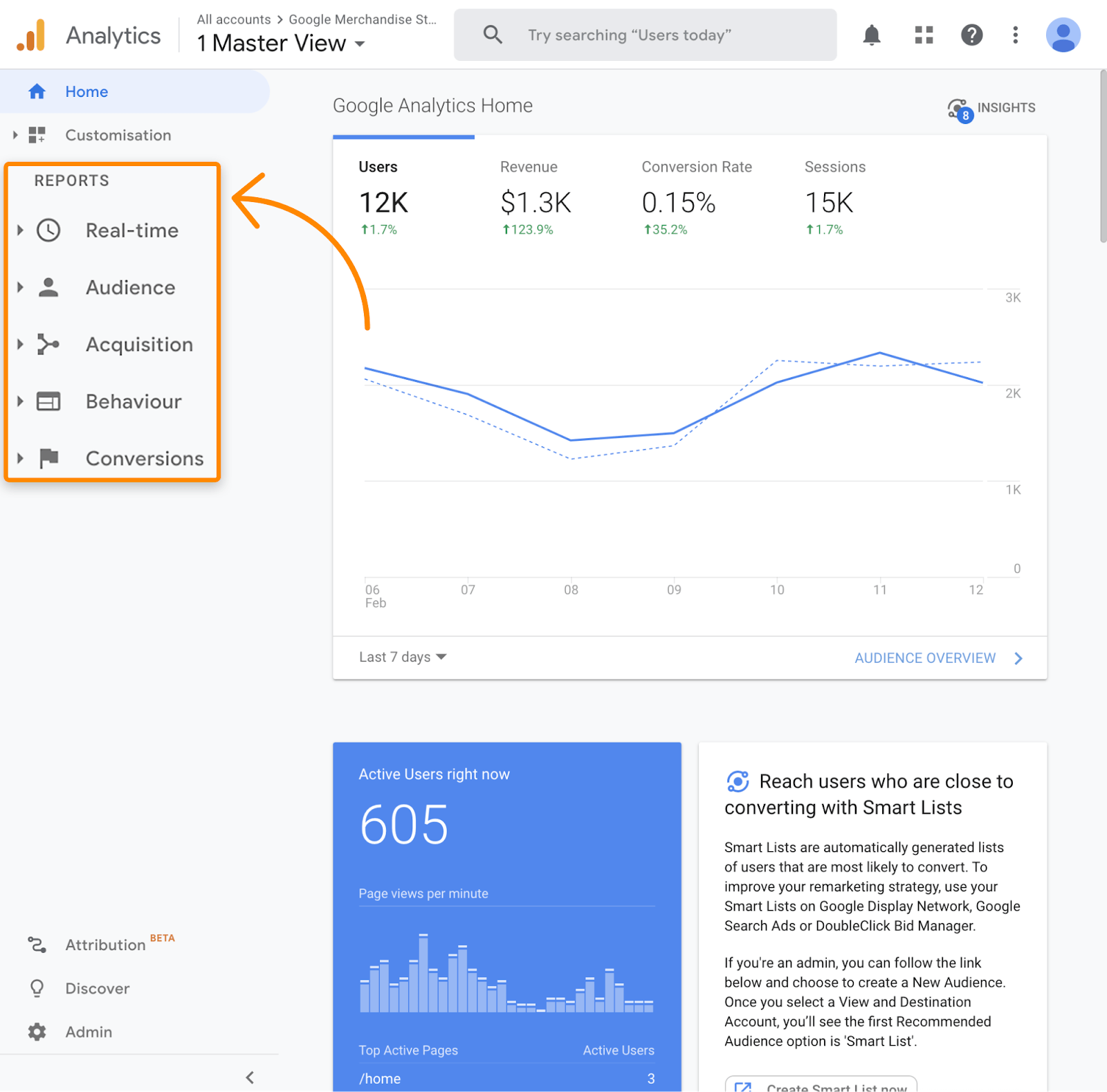Checking out the Idea of Secondary Dimensions in Google Analytics: Interpretation and Strategic Implementation
Checking out the Idea of Secondary Dimensions in Google Analytics: Interpretation and Strategic Implementation
Blog Article
Unveiling the Effect of Additional Measurement in Google Analytics on Data Analysis and Insights
In the world of data analytics, the application of second measurements within Google Analytics has become an essential tool for extracting much deeper insights and unraveling complicated patterns that might otherwise continue to be obscured. By peeling off back the layers of main information sets, second dimensions supply a nuanced viewpoint that enhances the understanding of user habits, website performance, and the effectiveness of advertising and marketing techniques. Nonetheless, real influence and untapped capacity of second dimensions are usually ignored, overshadowed by the attraction of primary metrics. As we browse via the detailed landscape of data evaluation, the relevance of secondary dimensions comes to be significantly obvious, clarifying essential information that hold the trick to informed decision-making and calculated optimizations.
Discovering the Principle of Additional Dimensions
Secondary dimensions in Google Analytics offer additional insights by permitting individuals to assess key information together with an additional feature. This attribute allows a much more complete understanding of the main data by including another layer of information for evaluation. By incorporating second measurements, users can delve deeper into the data and uncover important connections that might or else go undetected. As an example, by matching the primary information of web site traffic with additional dimensions like demographics or habits, marketers can obtain an extra thorough view of their target market and tailor their approaches as necessary.
By exploring the various secondary measurements available in Google Analytics, individuals can unlock new insights and optimize their digital advertising efforts. In essence, second measurements offer as an effective device for boosting data evaluation and driving workable outcomes.
Enhancing Data Interpretation With Secondary Dimensions
Having actually established the foundational understanding of second measurements in Google Analytics and their critical role in information analysis, the focus currently shifts towards leveraging these secondary credit to boost the interpretation of analytics data (what is a secondary dimension in google analytics). By incorporating second dimensions into information evaluation, analysts can obtain deeper understandings right into user behavior, site performance, and advertising and marketing efficiency

Additionally, secondary measurements assist in contextualizing primary information metrics by supplying additional layers of details. This contextualization help in comprehending the 'why' behind the data fads, helping experts make educated optimizations and choices to enhance overall performance. Ultimately, including secondary measurements enhances the information interpretation procedure, resulting in even more critical actions and purposeful understandings.
Uncovering Hidden Insights Via Secondary Measurements
Exploring the midsts of analytics data with second dimensions exposes beneficial understandings that would otherwise continue to be obscured. By integrating secondary measurements in Google Analytics, businesses can discover surprise patterns, patterns, and relationships that supply an even more thorough understanding of individual habits and site performance. These extra layers of information allow navigate to this site experts to delve deeper right into the key dimensions, such as web traffic resources or landing pages, and get a more nuanced viewpoint on exactly how various variables connect with each other.
With making use of additional measurements, analysts can section and contrast data throughout various dimensions, allowing them to recognize certain variables that affect user engagement, conversion rates, and general success metrics. As an example, by coupling the key dimension of 'tool group' with the second dimension of 'age group,' marketers can identify which age demographics like accessing the internet site via mobile tools versus desktops. This degree of granularity equips businesses to make data-driven choices and maximize their approaches for far better outcomes. Inevitably, discovering covert insights through additional measurements boosts the deepness and precision of data evaluation, bring about even more enlightened decision-making and enhanced performance end results.
Leveraging Second Dimensions for Actionable Analytics
Structure upon the insights introduced with additional measurements in Google Analytics, services can now harness this enriched information landscape to drive workable analytics and tactical decision-making. By leveraging secondary dimensions, organizations can dive much deeper into their information to draw out useful patterns, patterns, and correlations that might see have previously gone unnoticed. This much deeper degree of evaluation enables organizations to acquire an extra detailed understanding of user habits, project performance, and general website performance.
One key advantage of making use of secondary measurements for actionable analytics is the capability to sector information based on particular criteria. This segmentation enables organizations to tailor their strategies and campaigns to various audience groups, leading to a lot more targeted and reliable marketing efforts - what is a secondary dimension in google analytics. Furthermore, second dimensions offer a more alternative sight of customer interactions, allowing services to maximize their internet site web content, style, and general individual experience
Making Best Use Of Decision-Making With Second Dimensions
To boost strategic decision-making in analytics, leveraging secondary dimensions in Google Analytics can provide an extra nuanced perspective on user behavior and project efficiency. By including secondary dimensions into information evaluation, organizations can dive much deeper right into the specifics of their web site site visitors' interactions and involvement patterns. This additional layer of details permits a much more detailed understanding of just how various variables, such as demographics, tools, or web traffic sources, impact vital performance indicators.

Final Thought
Finally, the use of secondary measurements in Google Analytics plays an essential duty in improving information analysis and revealing concealed insights. By exploring this principle, one can acquire a much deeper understanding of user actions and make informed choices based upon actionable analytics. Leveraging secondary dimensions enables a much more thorough interpretation of information and maximizes the performance of decision-making procedures.

Report this page